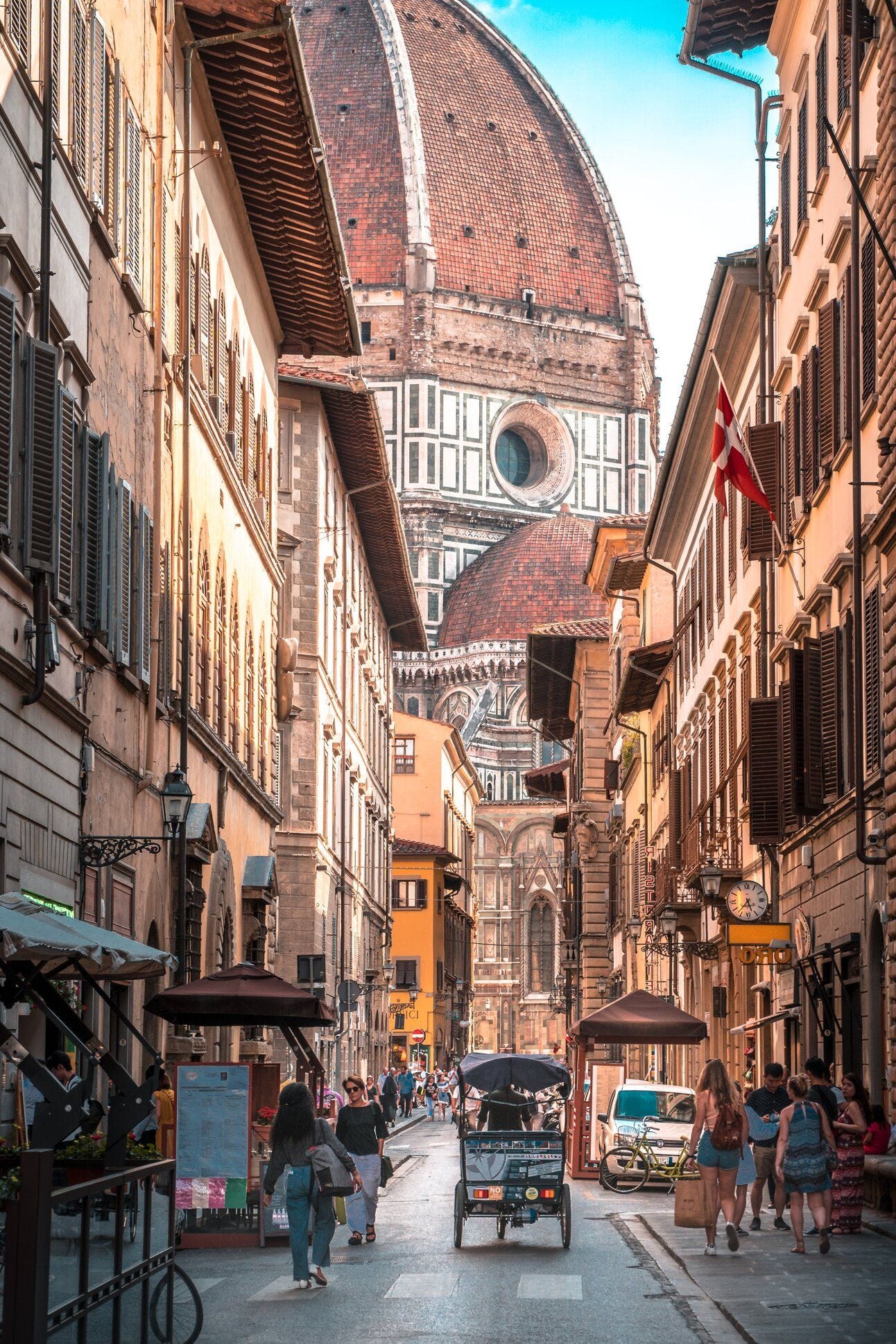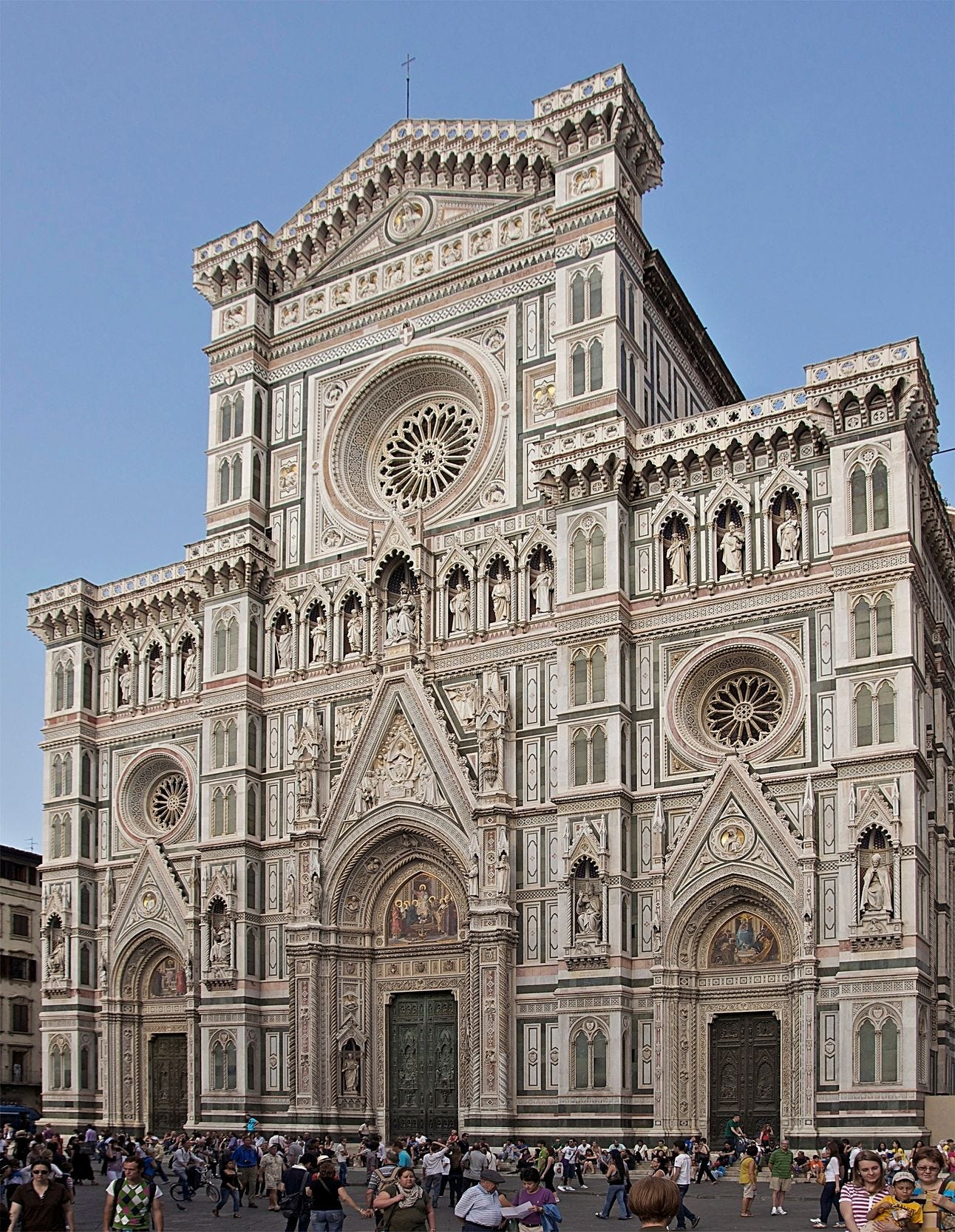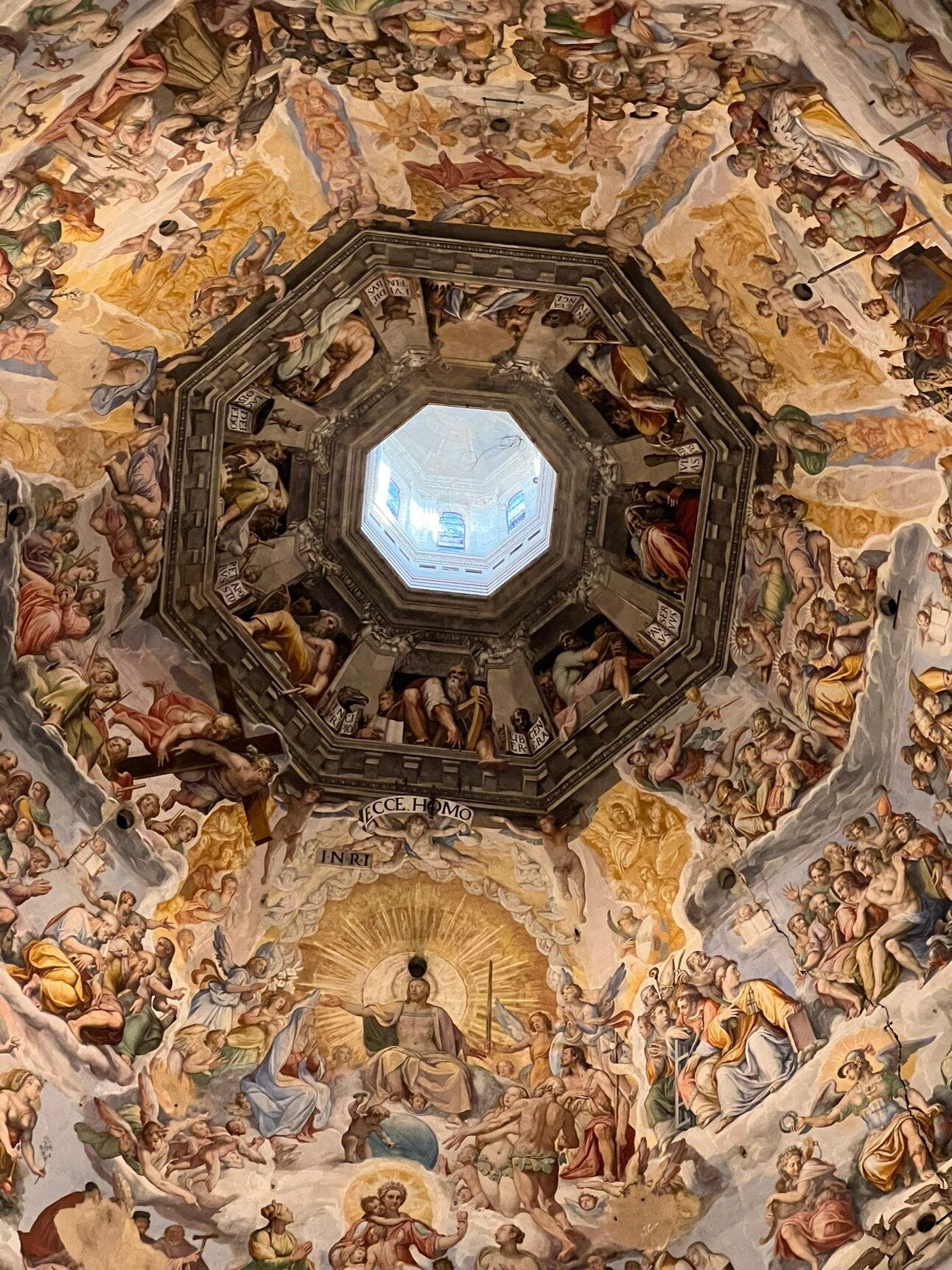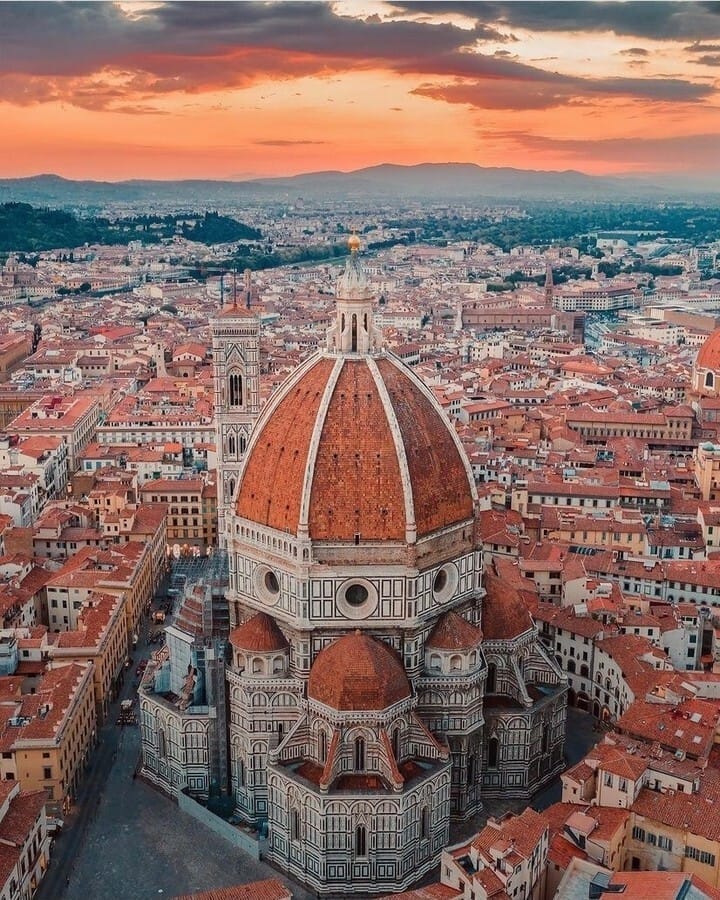The Florence Cathedral Was Something Else
For nearly 600 years, Florence’s greatest monument stood with a gaping wound—its grand cathedral unfinished, its bare face a haunting reminder that even the heart of a rising empire can be left exposed, waiting centuries for its soul to be completed.
Table of Contents
Featured Architecture (Premium): Church of San Miniato al Monte
Featured Travel (Premium): Uffizi Gallery in Florence
Raphael was born on April 6th. He also died on April 6th.
During those 37 years, he produced 184 masterpieces.
However, there’s something most people miss about his life—and it changes how we see the Renaissance. 🧵
In Today’s newsletter, World Scholar from X takes us to the story behind one of the most famous architectural wonders of the Renaissance world, Duomo di Firenze. Meanwhile, in the Premium section we will delve into Florentine art and culture.
Today, the Florence Cathedral stands as one of the most famous architectural wonders from the Renaissance period.
But did you know that if you visited the city 200 years ago, you wouldn’t be surprised to find its façade completely bare.
That’s right, what few realize is that for centuries, Florence’s magnificent cathedral stood unfinished…
In the late 13th century, Florence’s existing cathedral, Santa Reparata, was no longer big enough to accommodate the city's growing prominence. Florence was emerging as a commercial and financial powerhouse and its cathedral needed to reflect that. Rival cities like Siena, Pisa and Milan were constructing impressive cathedrals and were already ahead by 200 or so years. It was Florence’s turn to surpass them.
In 1293, the Florentine Republic initiated plans for a new cathedral. The Opera del Duomo was established to oversee the project, and in 1294, Arnolfo di Cambio was commissioned to design the cathedral. His Gothic design featured three wide aisles and a large central nave.
The original façade was also designed by Cambio. He never got the chance to fully finish it. After his death, construction slowed due to The Black Death, which sweeped across Europe. Florence's population plummeted from an estimated 120,000 in 1338 to 50,000 in 1351. To make matters worse, in the mid-1500s, the House of Medici (who held significant power and influence over the city) ordered the remains of Arnolfo’s façade to be torn down.
(You can find some of the original pieces in the Louvre and Berlin Museum today).
And so for nearly three centuries, Florence’s cathedral stood bare. If you had walked through Piazza del Duomo before the 1880s, this is what you would have probably seen…
The façade that greets us today, so rich in color and ornament, so seemingly ancient in style, was not completed until 1887. A competition was held in 1864 to find the best design and it would take 7 years to find the current one, which is the work of Emilio De Fabris.
De Fabris's design was inspired by what he in Siena and Orvieto and so he decided to integrate a neo-Gothic style.
The cathedral was finally completed, nearly 600 years after its original groundbreaking. You probably can’t tell the difference today between the old and new parts; they seem to complement one another quite well.
The design of the cathedral was very ambitious. While, yes, the façade was and still is incredible, arguably, its most iconic feature is the dome.
The base of the dome was an octagonal hole, 46 meters wide. Taller than a 10-story building. It would come to no surprise to hear that it took 140 years just to decide who and how it would be built. What’s interesting, is that in normal times, huge structures like this required a wooden framework that would support the bricks as they were laid but in this case that would (quite possibly) require more timber than all of Tuscany could supply.
We know that construction started in 1296 but it was Filippo Brunelleschi, who would be responsible for building the dome almost a century later.
Something to note about Brunelleschi is that we often regard him as one of the greatest architects that first come to mind but he was also trained as a goldsmith, clock-maker and sculptor. He studied the architecture of ancient Rome and took inspiration from the Pantheon into his works.
In the year 1418, Brunelleschi proposed something that probably made him seem like a madman — to build the dome without scaffolding.
To make matters worse, there were no buttresses in the core of the cathedral (unlike in most Gothic building) so there was nothing to support such a huge dome. It was impossible to continue any further without going back and building brand new buttresses, right?
Wrong. Instead, Brunelleschi opted for an ingenious method where the materials would support themselves: bricks would be laid in a herringbone (zig-zag) pattern and therefore held in place by their own weight, transferring most of the force onto the vertical stone ribs alongside. It took 16 years of painstaking work to build and there were even wooden cranes with hoists involved — they designed by Brunelleschi himself specifically for the construction of the Duomo.
By the time of its completion in 1436, the dome was the largest of its kind. No one in the world had ever seen anything like it. Even today, it still holds the title of the world’s largest masonry dome.
It soared 114 meters into the sky, over a cathedral that could hold 30,000 people.
No building since ancient Rome had achieved anything like it. Not even Michelangelo’s dome in St. Peter’s would be as bold.
Almost immediately, cracks began to appear.
Surprisingly, in 1934, it was discovered that the cracks were seasonal. During winters, when the dome’s stone and bricks contract the cracks widen. During summers, as the material expands, the cracks in the dome get closed.
Monitoring is still needed and there are talks of how cosmic rays, muons and X-rays could contribute to solving the issue. In the meantime, we can still admire the groundbreaking structure and wonder, how different would it have looked if not for all the mishaps along the way? Would the legendary façade and dome even exist? And would it ever be the masterpiece we call it today?
It was built 125 years ago but feels straight out of the Renaissance.
This is the Liberty Bridge, in Budapest — a fine example of Art Nouveau.
And it's just one of the world's many breathtaking bridges. Here are 19 more... 🧵
“What I have dreamed in an hour is worth more than what you have done in four!”
Lorenzo de Medici
Art

TheBlackWolf’s Lair | Substack
I explore the Past to see the Future. A scribe of the shadows chasing stories that time tried to bury; i curate tales of war, heroes, mystery, philosophy & art. Click to read TheBlackWolf’s Lair, a Substack publication with hundreds of subscribers.
Keep reading with a 7-day free trial
Subscribe to The Culture Explorer to keep reading this post and get 7 days of free access to the full post archives.












